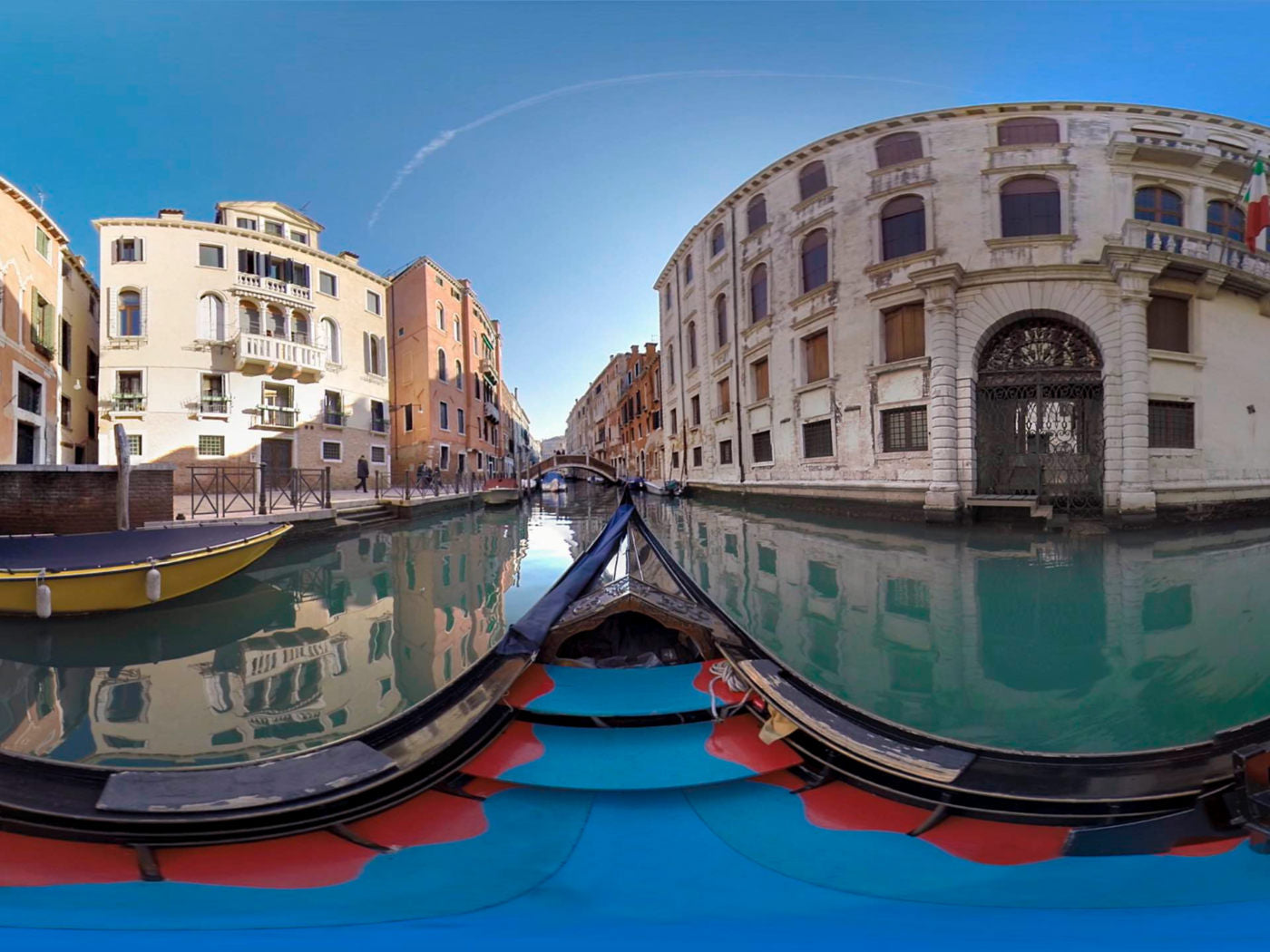Creating a 360-degree virtual reality (VR) video involves a unique process that transforms the traditional video production approach. Unlike standard videos, where the focus is on a fixed frame, VR videos capture a complete 360-degree view of the surroundings, providing an immersive experience for viewers.
Three Key Phases of VR Video Creation

1. Pre-production Planning
VR videos thrive on narratives that unfold in a circular motion around the viewer. Creators conceptualize stories that leverage the immersive capabilities of 360-degree perspectives. The focus is on encouraging viewers to explore their surroundings actively.
A 360 camera is the primary tool, and creators must choose based on their budget and intended use. Factors such as resolution, ease of use, and additional features like spatial audio recording contribute to the selection process.
Choosing shooting locations strategically also enhances the impact of VR videos. Creators envision how the audience will interact with the immersive content and plan scenes that facilitate exploration. Interaction design becomes crucial, as creators aim to guide the viewer's attention seamlessly.
2. Production
Filming in 360 degrees introduces challenges, including the visibility of the filmmaker in the shot. Creators must either accept their presence in the immersive experience or employ creative solutions, such as strategically stepping out of the camera's view during recording.
This phase is an opportunity for creative exploration and artistic expression. Filmmakers experiment with movement, framing, and perspective to make the most of the immersive canvas. Whether using static shots or dynamic sequences, the goal is to deliver a visually compelling experience.
3. Post-production Editing
Modern 360 cameras often facilitate automatic stitching of multiple shots. However, post-production editing might involve manual fine-tuning to achieve perfection. Editing software becomes a powerful tool for adjusting details, refining the storyline, and creating a final product that resonates with the intended audience.
Creators have the opportunity to enhance visual elements, address any challenges encountered during filming, and optimize the overall impact. The goal is to deliver a VR video that captivates, engages, and leaves a lasting impression.
Essential Equipment for 360 VR Video Production
1. 360-Degree Camera
Choosing the right camera is a pivotal decision, influencing the overall quality and capabilities of the immersive content.
Considerations for Camera Selection:
- Resolution: Higher resolution cameras deliver sharper and more detailed visuals, contributing to an enhanced viewing experience.
- Ease of Use: User-friendly interfaces and intuitive controls simplify the filming process, especially for those new to VR content creation.
- Additional Features: Some cameras offer spatial audio recording, live streaming capabilities, and advanced stabilization features, adding depth to the creative toolkit.
2. Stabilization Equipment
Maintaining a steady camera is crucial for preventing viewer discomfort and ensuring a smooth immersive experience. Stabilization equipment comes in various forms to accommodate different filming scenarios.
Options for Stabilization:
- Tripods: Traditional tripods provide a stable base for static shots, ensuring minimal camera movement.
- Gimbals: Motorized gimbals offer dynamic stabilization, allowing creators to capture smooth and fluid movements, whether walking or panning.
- Dolly Systems: Combining a tripod with a dolly system enables controlled camera movement along a set path, enhancing cinematic possibilities.
3. VR-Ready Editing Software
Post-production is where the raw footage transforms into a polished and immersive VR video. VR-ready editing software is essential for stitching together multiple shots, refining the narrative, and optimizing visual elements.
Tips for a Successful 360-Degree VR Video

1. Determine Your Objective
Before embarking on the filming process, clearly define the purpose of your VR video. Whether it's to evoke emotions, showcase a product, or transport viewers to a different environment, understanding your objective guides the entire production. Tailor your shots to align with your goals and lead viewers through a meaningful and intentional experience.
2. Keep the Camera Steady
Stability is important in VR video production to prevent viewer discomfort and enhance the overall experience. Use a tripod, gimbal, or other stabilization equipment to ensure steady shots. If intentional movement is part of your creative vision, use your camera's image stabilization feature to maintain a smooth viewing experience.
3. Avoid Extensive Detail
While high-definition videos thrive on intricate details, VR videos require a more strategic approach. VR headsets currently limit the level of detail that viewers can perceive. Minimize visual clutter and focus on capturing scenes that allow viewers to absorb the overall atmosphere. Avoid thin lines, as they may vanish in the lower resolution of VR.
4. Beware of Stitch Lines
Stitch lines, where images from multiple lenses are merged, can disrupt the immersive experience. Strategically place objects to minimize their presence near stitch lines.
5. Conscious Scene Composition
Be aware of unplanned elements that might appear in all 360 degrees of your shot. Plan your scenes meticulously to avoid distractions and maintain a cohesive narrative. Consider how different objects and elements contribute to the overall composition and guide viewers' attention.
6. Quality Recording Equipment
Invest in quality recording equipment to ensure the clarity and impact of your VR video. While smartphones can capture decent 360-degree footage, dedicated 360-degree cameras or multi-camera rigs offer superior results. Choose equipment that suits your production goals, considering factors like resolution, frame rates, and image stabilization.
Recommended Blogs:
- How to make mixed reality videos on Quest with LIV
- How To Take Screenshots On Quest 2 And In The Games Like Gorilla Tag
Recommended VR Accessories:
1. ZyberVR Link Cable
2. ZyberVR Black Sling Bag
3. ZyberVR Neck Power Bank
Conclusion
Crafting immersive experiences with 360 VR videos is not just about capturing scenes; it's about transporting viewers into a world where they become active participants. As technology continues to evolve, so too will the opportunities to create memorable and transformative VR content. The journey of crafting immersive experiences is yours to explore and share with audiences ready to be transported beyond the confines of traditional video formats.





